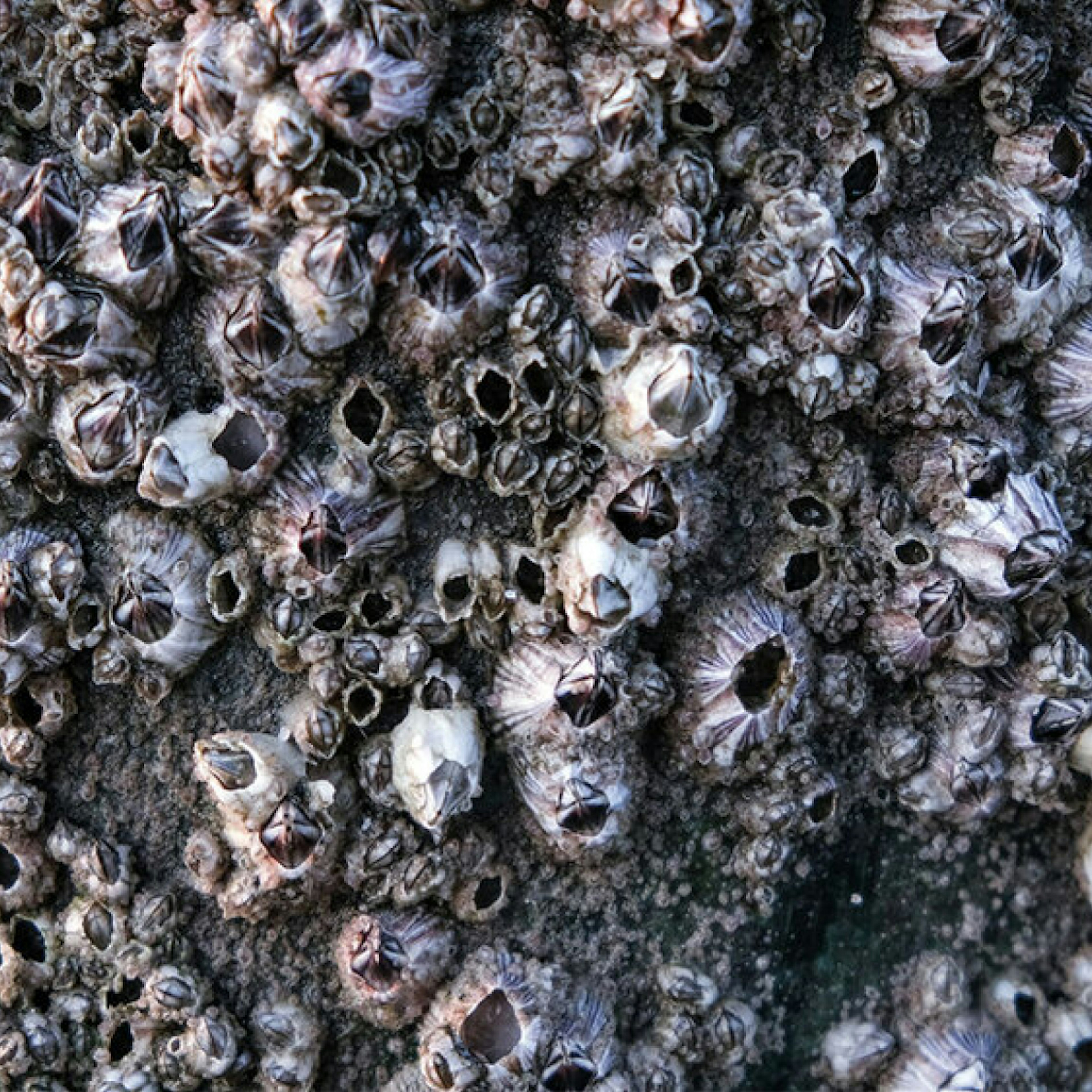Antifouling
One of the main problems that every ship at sea faces is biofouling. Mussels, barnacles, and other types of marine growth have been one of the reasons for decreased ship efficiency for seafarers for all time. It is not only the hull that gets affected by biofouling, water intakes and pipes also get blocked when the biofouling sticks to the surface. This will increase fuel consumption or reduce functionality of equipment that need water cooling. Equipment that need water cooling could be engines, generators, cooler of hydraulic oil, pumps, AC, and many more. Antifouling paint and mechanically removing the biofouling is sometimes possible, but inside pipes other types of marine growth prevent systems are necessary.
The main types of biofouling treatment methods are:
Electrochlorination
Electrochlorination is a method in which chlorine is generated to produce sodium hypochlorite, which is used to prevent fouling. Titanium is used as the cathode material whereas titanium coated with platinum is used as anodes. Chlorine is generated at the anodes along with other elements to form sodium hypochlorite: NaCl + H2O + Energy > NaOCl + H2.
A large amount of hydrogen gas is also produced which must be evacuated in a safe way. The total output of produced chlorine is a function of current, hence the flow has to be ensured to ensure cooling. 10 ppm chlorine in sea water would kill all marine life quickly, whereas 1 ppm will prevent fouling. This system can only be used in seawater.
Electrolytic System
Electrolytic systems are one of the most used system to prevent biofouling. This system is simple and often consists of copper anodes that are placed in the sea chest and when a DC current is applied copper ions are produced. These copper ions in the seawater prevent marine organisms from settling down and multiplying on the surface of the pipes. Adding copper into the ocean is not ecologically friendly, hence other methods might be a better alternative.
Electrolytic systems are often called:
ICAF – Impressed Current Anti Fouling systems, or:
MGPS – Marine Growth Protection System
Chemical Dosing
Chemical dosing is also a common method which is used to prevent marine growth in a piping network. Antifouling chemicals are used to dose sea water boxes.
Ultrasonic System
Ultrasonic systems are said to be one of the most efficient system to prevent biofouling with as much as 80% reduction of marine growth. These systems use a wave generator that sends high frequency electrical pulses to a transducer located in the sea chest. One additional advantage with this system is that it uses no toxic chemicals.
Antifouling
- Quick assistance
- Downloads

Our latest posts on LinkedIn
Marine
2025.02.14
2025.02.04
2025.01.15